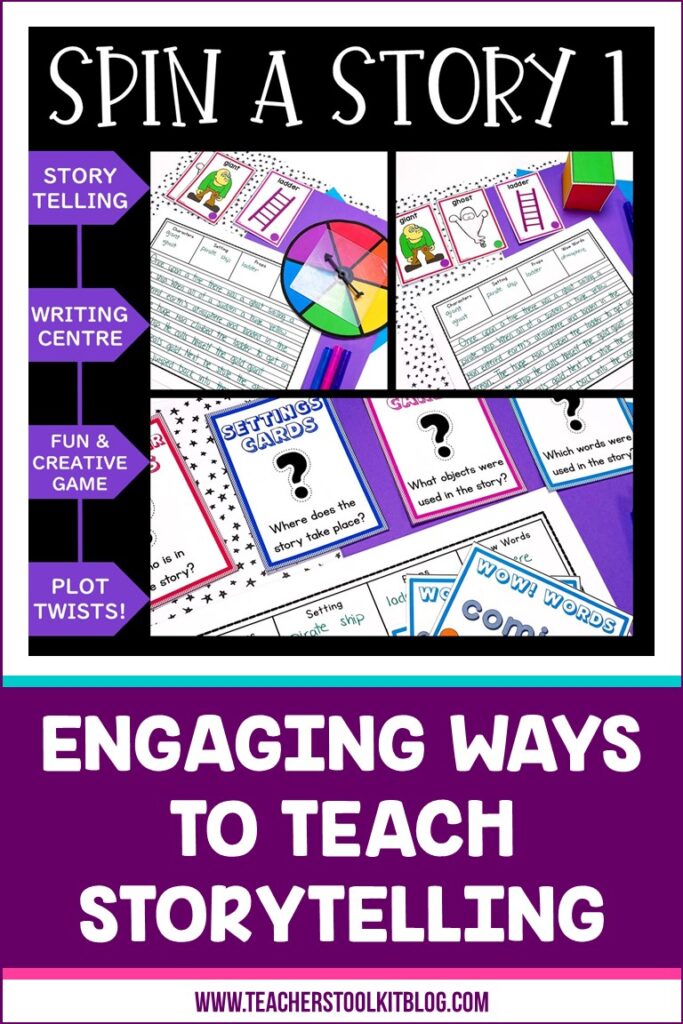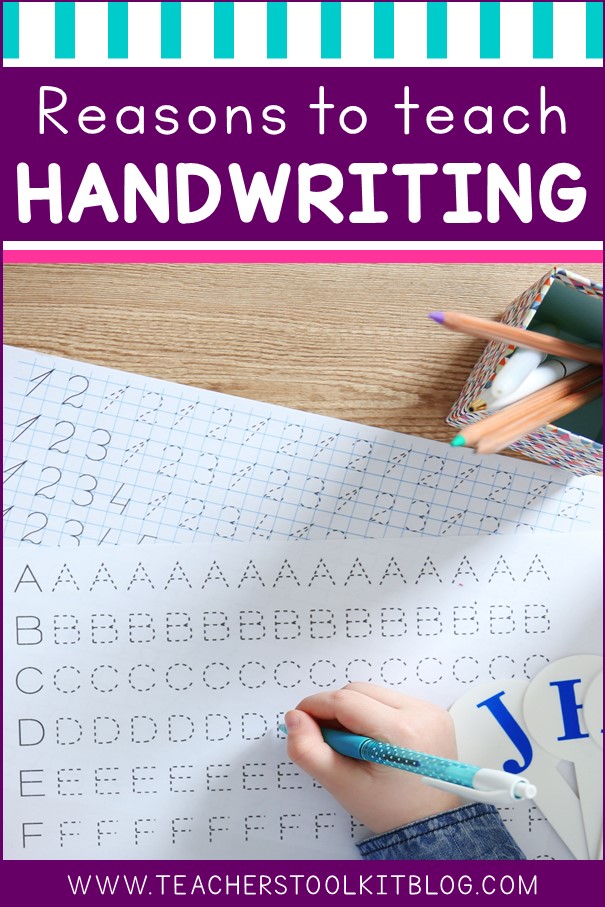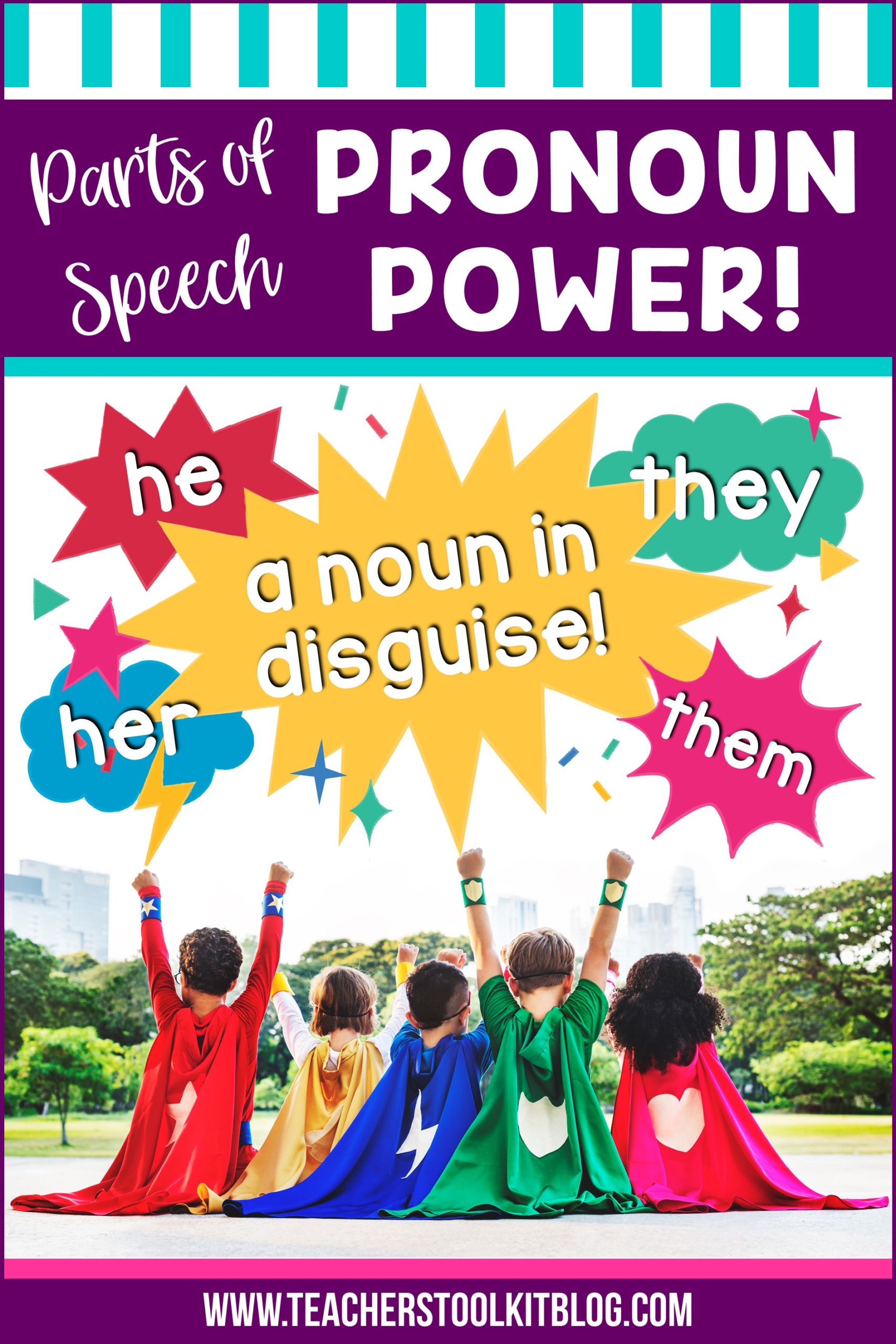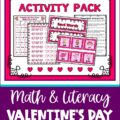Storytelling is an important skill that students should start acquiring very early in their educational journey. Understanding the story elements and how they interact in a story is necessary for students to start writing their own stories, as well as increasing reading comprehension, close reading ability, and helping them better retain what they read.

try these storytelling strategies
The story elements are plot, setting, characters, conflict, and resolution. Getting students to engage with the different elements as they learn about them will help them really understand how they interact and how they can use story elements in writing and retelling their own stories. For more information on teaching storytelling, see this earlier post.
Use the Same Book for Each Element
The idea is to teach each separate story element on its own using the same book.
Choose a book that’s easy for your students to understand. One example of a book that works well for this is Rainbow Fish.
Reread the book each day. This will help keep the details of the story fresh in the students’ minds. Focus on one specific story element each time you read it. After finishing the book, discuss the element with students. Then, have them draw an illustration showing that specific element.
After you’ve covered all the elements with that particular book, let them pull it all together by writing a sentence and/or doing a simple drawing to illustrate all of the elements together.
Story Elements “Choose A Card”
Write the story elements that you’ve been working on on index cards. Divide your students up into pairs or small groups, and have each student pick a card. Make sure they know to keep it a secret! Then, have each student read a passage from a story read that illustrates the element on their card. The other students then try to identify the element on the card.
Story Maps
Story maps are great graphic organizers. They provide a structure to help identify the different story elements and helps students to organize their ideas.
Story maps should be very basic at first. Then as students get more practice in identifying the elements, they can increase in complexity.
Here’s a great basic story map template from Reading Rockets that you can download.
Story Elements Games
Once students have a background in story elements, they can start using them to write their own stories. They often struggle in knowing what to write about.

This storytelling game will overcome that obstacle in a fun and creative way! It consists of 6 cards for each story element. Students can spin a wheel to randomly choose different cards. Then they put them together to make a story.
These fun and engaging prompt cards will have your students excited to spin/throw and write their own stories!
The cards provide endless combinations of characters, settings, props and wow! words, to entertain, have fun and get creative! Students can use this storytelling and writing center over and over throughout the entire year, as the possibilities are endless!
This Story Elements Game and Writing Center is perfect for small groups, partner work or independent work.
This fun game will take the sting out of story writing!
I also have 3 other sets of storytelling games:
- Story Elements Game and Writing Center Set 2
- Story Elements Game and Writing Center Set 3
- Story Elements Game and Writing Center Set 4
What’s your favorite way to teach storytelling? We’d love to hear!


